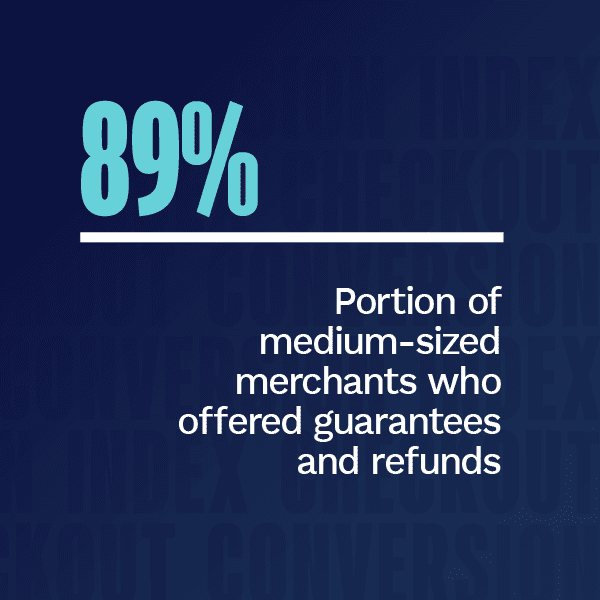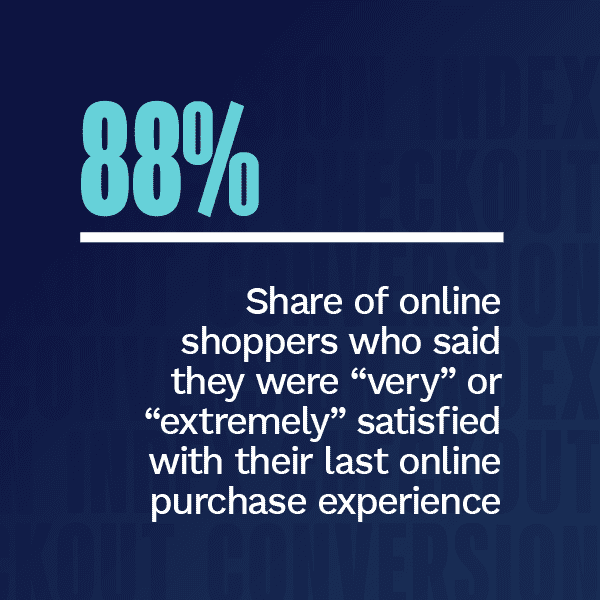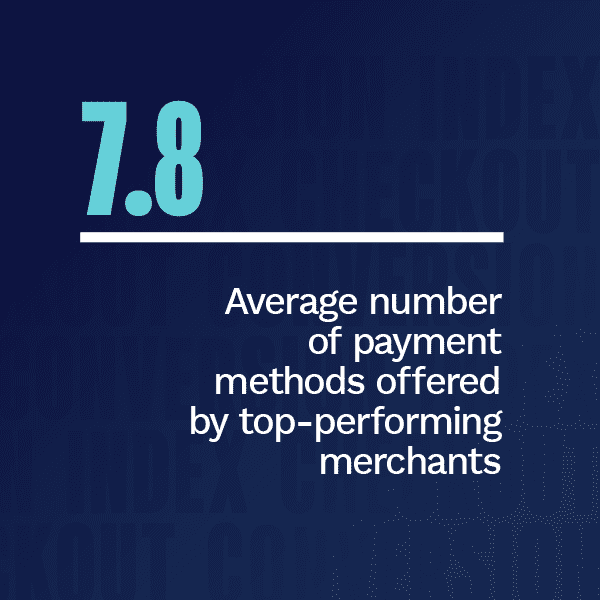 PYMNTS data shows that eTailers have become less effective at discovering and matching customers’ needs, while consumers have grown used to expecting their own individual preferences front and center during their shopping experiences. Any point of friction whatsoever — such as payment issues during checkout — can lead emboldened digital-first customers to sever their relationships with retailers or other online businesses completely. Retailers must therefore work swiftly to ensure they can match consumers’ needs, but PYMNTS data shows businesses looking to compete in the increasingly saturated eCommerce world have room for improvement.
PYMNTS data shows that eTailers have become less effective at discovering and matching customers’ needs, while consumers have grown used to expecting their own individual preferences front and center during their shopping experiences. Any point of friction whatsoever — such as payment issues during checkout — can lead emboldened digital-first customers to sever their relationships with retailers or other online businesses completely. Retailers must therefore work swiftly to ensure they can match consumers’ needs, but PYMNTS data shows businesses looking to compete in the increasingly saturated eCommerce world have room for improvement.
This is one of the key findings discovered in the inaugural Removing Friction At The Checkout: How Payment Experiences Influence Consumer Choice, a collaboration with Checkout.com. PYMNTS used research from both an anonymous shopping simulation and the Q2 2021 Checkout Conversion Index to analyze the checkout capabilities of 510 leading merchants, with annual sales ranging from below $50 million to more than $1 billion. The research concerns these merchants’ ability to provide customers with seamless checkout experiences via online and mobile channels, with the Q2 2021 Index sampling responses from 2,139 consumers in the United States between July 6 and July 13.
Further key findings include:
• Checkout frictions have increased, with just 63% of merchants offering free shipping in Q2 2021 compared to the 74% that did so in Q1. The overall Index score experienced a 1.1 decline from 59.5 in Q1 2021 to 58.9 in Q2, showing a slight uptick in frictions experienced by consumers at checkout. Merchants have also cut back on key features valued by shoppers, such as free shipping, leading to further frustrations.
• The average shopping time per consumer increased by 24%, indicating less patience for checkout hiccups. Consumers are taking longer to reach the payments process, spending 179 seconds to browse compared to the 145 seconds seen last quarter. This shows less tolerance for lengthy checkout experiences and could impact customer loyalty for merchants.
• Thirteen percent of online shoppers stated a lack of payment options could lead them to switch to competing merchants. Consumers are growing to expect a wider selection of payment methods when heading to checkout and may consider the absence of these options to be a point of friction. 
Retailers must carefully take consumers’ personalization expectations into account to grow loyalty and remove points of friction from their checkout and payment processes. The inaugural Removing Friction At The Checkout: How Payment Experiences Influence Consumer Choice, provides a close look at what consumers expect from these processes and how merchants can reevaluate their offerings to meet these needs.
To learn more about how merchants can adjust their checkout experiences to improve consumer engagement and loyalty, download the Index.

